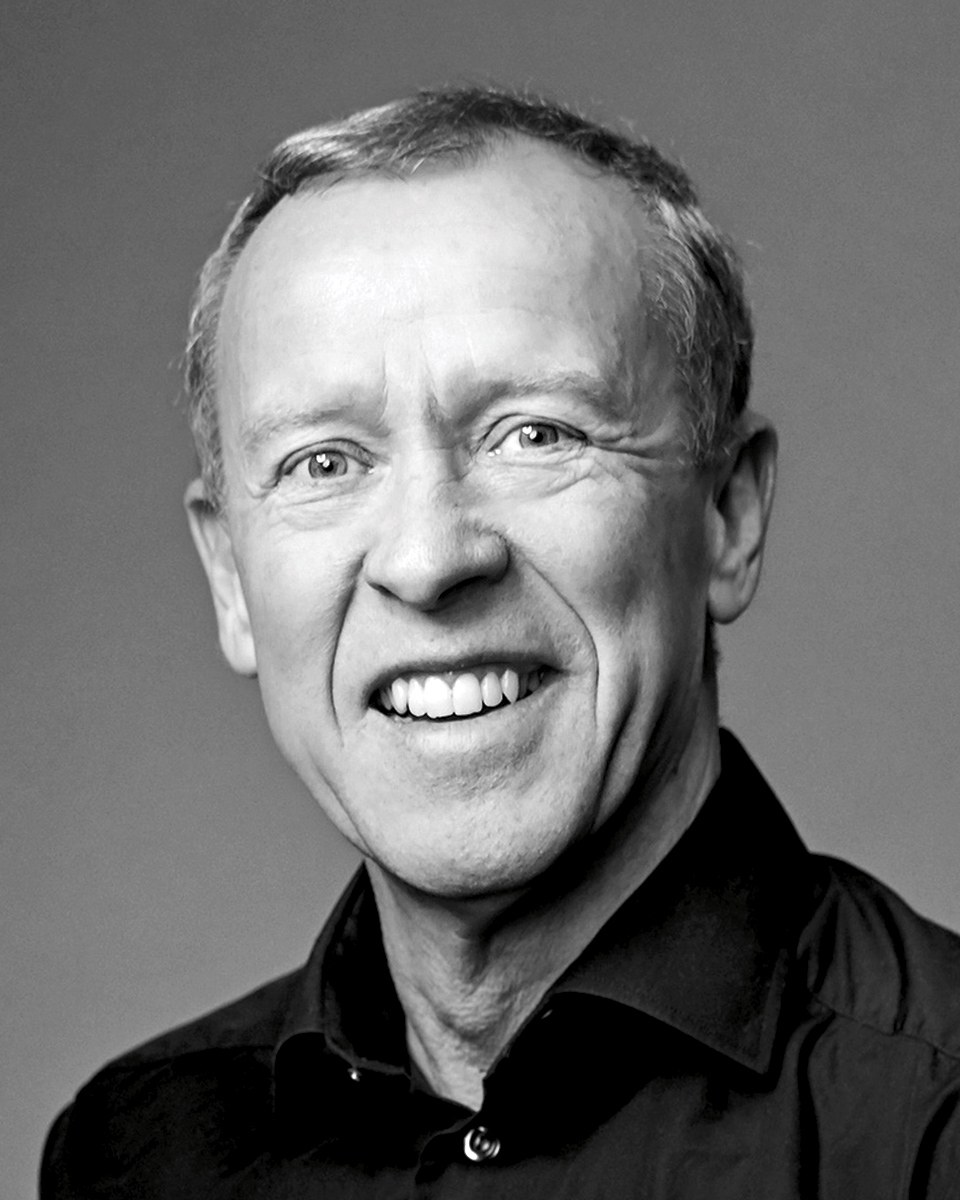Personal Lighting Profiles Might Be the Key to Creating a Natural "Work Light Balance"
Commentary from LpR 76: Henrik Clausen has been involved in lighting for over 30 years in both commercial and academic positions. In 1996, he became the Managing Director of Fagerhult Lighting in Denmark, and held that position until 2004, when he founded the Fagerhult Lighting Academy. In 2015 he also became Head of Research for Fagerhult. He holds a position as professor in Lighting Design at AAU in Copenhagen. He guest lectures at various Universities around the world. He speaks worldwide, primarily addressing the human and emotional aspects of light and lighting design.
What do I mean by a natural "work light balance"? - I dream of creating a world where the lighting control lies in the hand of the end users. Where pre-programmed lighting scenes are attuned to our internal, ancient, natural biology.
We're getting older. Not just individually, but collectively. According to United Nations estimates, the number of people over the age of sixty will have more than tripled by the end of this century. Such exponential growth in our older generations is symbolic of global progress and prosperity.
But could the spaces we occupy be eroding our quality of life as we age?
The capacity to receive and respond to light changes dramatically as we reach the later stages of life. Just like the muscles in our arms or legs, our lens muscles start to lose elasticity. Focusing gets harder and blurred vision ensues. Yellowing of the lens can affect color perception. We find it fatiguing to transition between high and low-light conditions. As people will work into their 70s and beyond, the principles we apply to lighting design must respond to their changing needs. To facilitate the health and well-being of our fastest growing generation, we need to start thinking about illumination in an entirely new light.
Employees have the choice to stand or sit, adapting their workspace to align with personal preferences. Offices now have a selection of zones, some geared towards quiet concentration, others designed for active collaboration. The archetypal worker is young, but lighting in the workplace must support the productivity, comfort and well-being of people at all ages.
While our understanding of light's impact on humans is far from comprehensive, science has drawn direct connections between light, bodily timing (circadian rhythms) and hormones.
Put simply, lighting is vital for our health. We do know that blue light is a crucial component of daylight that contributes to synchronization of the circadian clock, human alertness, memory and mood. Similarly, low levels of light–particularly amber light–can promote better sleep.
I believe that the universalization of lighting design is about empowering people to personalize their lighting to suit the tasks they undertake, at the time of day (and indeed time of life!) in which they complete them. To do this properly, we need a better understanding of the many variables that influence how we respond to light stimuli throughout our life.
Research shows that human centered lighting design makes people feel more alert, productive and happy. More detailed studies are required to help us understand how light affects performance across a broader range of visual, biological and emotional metrics.
I believe that this research could yield valuable results for businesses in terms of enhanced productivity, well-being and employee retention, and help us to explore new possibilities to harness light as a powerful force for preventative health, emotional resilience and general well-being.
With the help of technology, the potential for 'light personalization' in the workplace is huge. With an app, and a strategic combination of overhead, task and ambient light sources, workers can be empowered to dial up blue light in the morning to feel energized and more focused or increase amber light in the afternoon to feel more relaxed, reduce stress and promote calm.
The challenge, should we wish to accept it, is creating a world of 'work light balance' where illumination control is in the hands of the worker and lighting schemes are attuned to our internal, ancient, natural biology.

